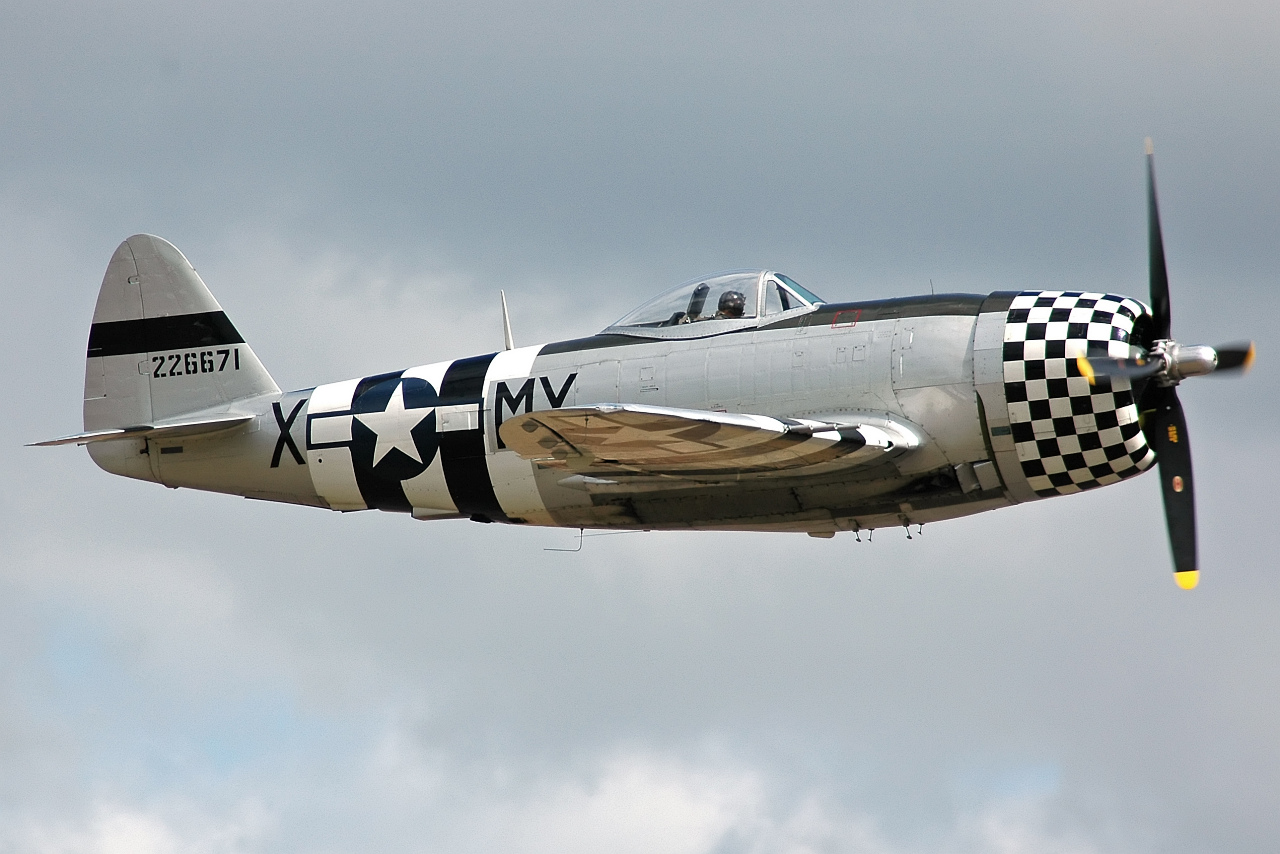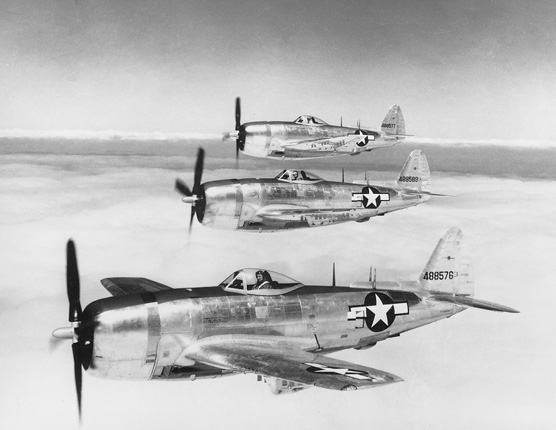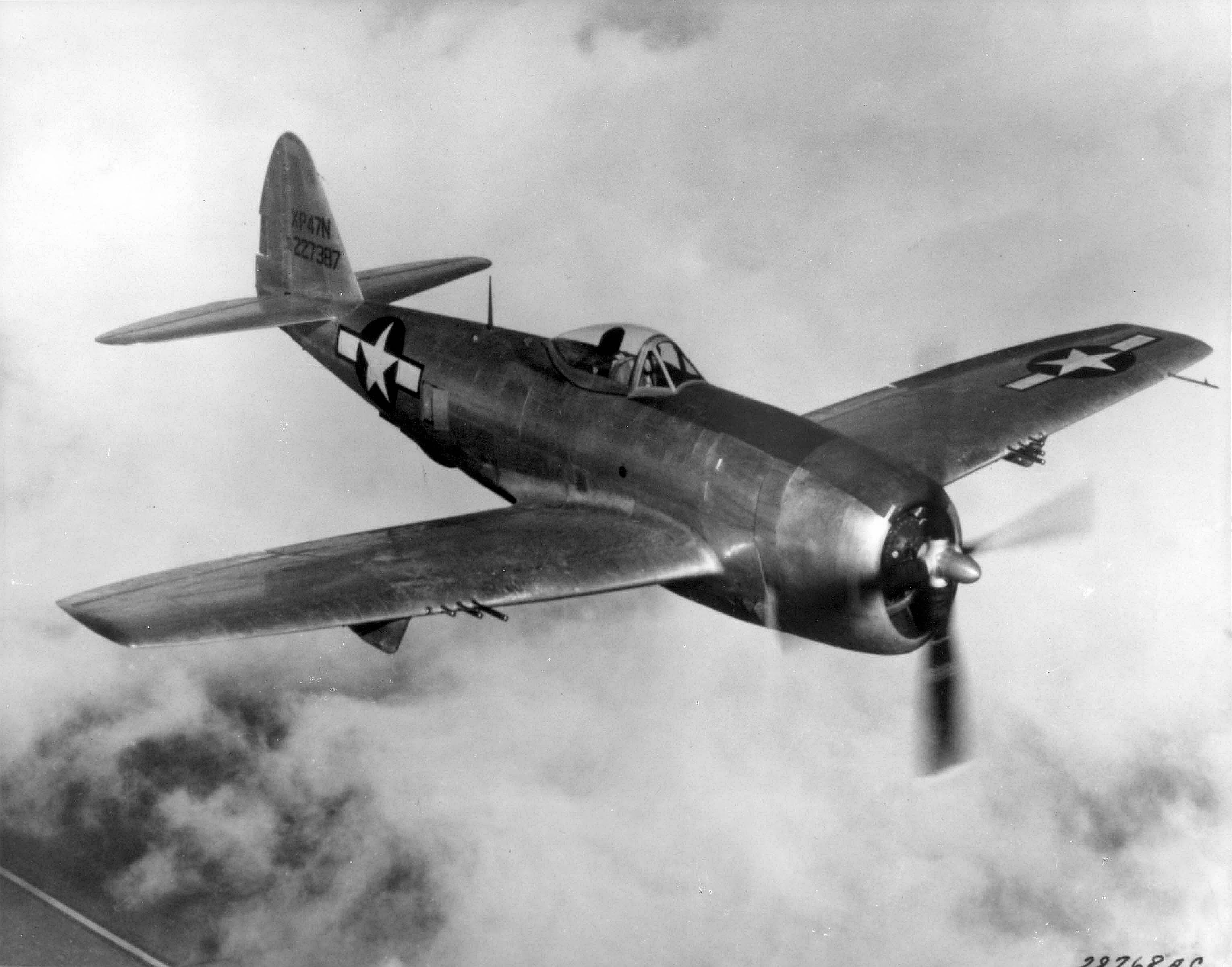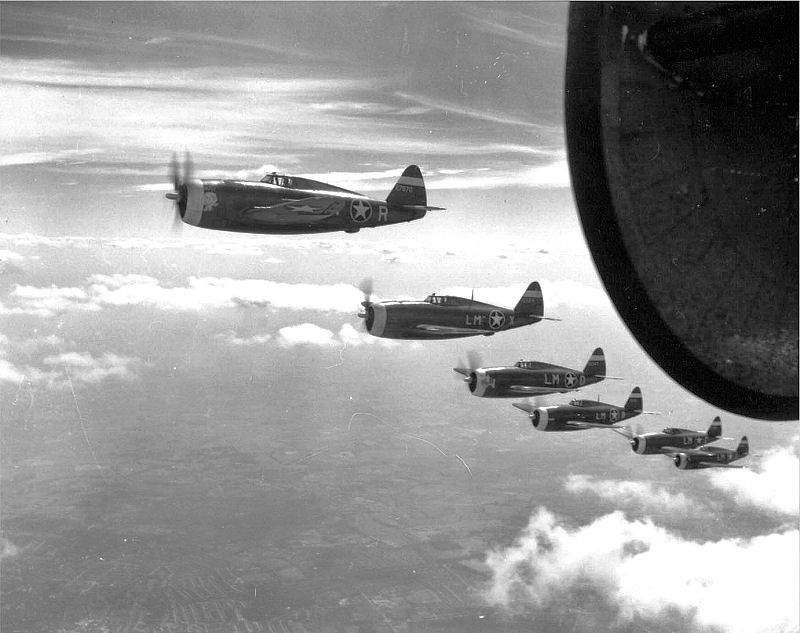
- For PC
- For MAC
- For Linux
- OS: Windows 10 (64 bit)
- Processor: Dual-Core 2.2 GHz
- Memory: 4GB
- Video Card: DirectX 11 level video card: AMD Radeon 77XX / NVIDIA GeForce GTX 660. The minimum supported resolution for the game is 720p.
- Network: Broadband Internet connection
- Hard Drive: 23.1 GB (Minimal client)
- OS: Windows 10/11 (64 bit)
- Processor: Intel Core i5 or Ryzen 5 3600 and better
- Memory: 16 GB and more
- Video Card: DirectX 11 level video card or higher and drivers: Nvidia GeForce 1060 and higher, Radeon RX 570 and higher
- Network: Broadband Internet connection
- Hard Drive: 75.9 GB (Full client)
- OS: Mac OS Big Sur 11.0 or newer
- Processor: Core i5, minimum 2.2GHz (Intel Xeon is not supported)
- Memory: 6 GB
- Video Card: Intel Iris Pro 5200 (Mac), or analog from AMD/Nvidia for Mac. Minimum supported resolution for the game is 720p with Metal support.
- Network: Broadband Internet connection
- Hard Drive: 22.1 GB (Minimal client)
- OS: Mac OS Big Sur 11.0 or newer
- Processor: Core i7 (Intel Xeon is not supported)
- Memory: 8 GB
- Video Card: Radeon Vega II or higher with Metal support.
- Network: Broadband Internet connection
- Hard Drive: 62.2 GB (Full client)
- OS: Most modern 64bit Linux distributions
- Processor: Dual-Core 2.4 GHz
- Memory: 4 GB
- Video Card: NVIDIA 660 with latest proprietary drivers (not older than 6 months) / similar AMD with latest proprietary drivers (not older than 6 months; the minimum supported resolution for the game is 720p) with Vulkan support.
- Network: Broadband Internet connection
- Hard Drive: 22.1 GB (Minimal client)
- OS: Ubuntu 20.04 64bit
- Processor: Intel Core i7
- Memory: 16 GB
- Video Card: NVIDIA 1060 with latest proprietary drivers (not older than 6 months) / similar AMD (Radeon RX 570) with latest proprietary drivers (not older than 6 months) with Vulkan support.
- Network: Broadband Internet connection
- Hard Drive: 62.2 GB (Full client)

From May 6th 16:00 GMT to May 7th 16:00 GMT
50% discount and 30% RP gain bonus for P-47D-25 and P-47D-28
30% discount for ╬P-47D (German premium aircraft)

May 6th, 1941 the first flight of fighter Republic XP- 47B
A Rainy morning on May 6th, 1941. The manager and chief test pilot of Republic Aviation Corporation, Lowry Brabham taxied the Republic XP- 47B for a few runs he then picked up speed and took off into the sky... he could barely land it safely.
Brebhem recalled:
"Immediately after lift-off from the ground, the cabin filled with acrid smoke. The canopy on the prototype " Thunderbolt " can not be opened in flight . However, there was a small sliding window. I opened it , but I wish I had not! The smoke got worse and it became impossible to breathe. He didn't want to leave the aircraft when he had not even carried out preliminary tests, this would put the entire program at risk of closure. Kartveli (head of Republic Aviation) watched the take off himself from Mitchel Field, waiting for officials. I decided to hold my breath until landing! Therefore landing on Mitchel Field quickly, was simply a must ."
Leaking oil on the exhaust pipes nearly became the deciding factor for one of the most famous American fighters of World War II , and the courage and tenacity of the test-pilot gave the aircraft a chance to be used.

In the second half of the 30s in the twentieth century, against a background of an increasing international situation, there was a competition among the major aircraft manufacturers to create a high-speed, reliable and well armed light fighter.
Amongst them the "Republic Aviation Corporation" and the XP- 47 project, headed by the aircraft designer Alex Kartveli (Kartvelishvili Vasilevsky). Already in 1940 the military had conducted an analysis of the first battles of World War II, the requirements were drawn up based on the Luftwaffe aircraft being used in Europe. The new requirements for the fighter, with powerful weapons and possessing good speed and altitude performance, as well as a large “stock” range and able to accompany bombers on distant raids.
1. Speed not lower than 400 miles / hour ( 644 km / h ) at an elevation of 25,000 feet.
2 . Armament of up to eight 12.7-mm Browning M2’s in the wing, but not less than six.
3 . Additional armour protection for the pilot.
4 . Self sealing fuel tanks with minimal total fuel load of 315 U.S. gallons ( 1192 liters).
Design and development of the aircraft, with an ever- changing requirement list from the army, was hard. The arrangement, propulsion and thus the appearance of the aircraft was almost completely changed several times. But the perseverance of Kartvel made it possible to solve all the development problems.
 Among the unique technical features of the aircraft:
Among the unique technical features of the aircraft:
1. A unique turbocharger system. In order to solve the problem of bulkiness of the propulsion system, it was equipped with a turbocharger. Kartveli built the turbocharging system from the engine to the compressor mounted in the tail. This affected the appearance of the aircraft which led to it being nicknamed “Jug” from it’s pilots.
2. The aircraft wing had a comparatively small area and, accordingly, the biggest load of modern aircraft - about 300 kg / sq.m . This was reflected in the absence of wing fuel tanks and the complexity of the mechanism of undercarriage retraction . This did not affect the placement of eight large-caliber machine guns and the high-strength of the wing, enabling it to withstand tests of flutter speed of 880 km / h
3. Good armour and high reliability of the aircraft . Among the unusual elements - emergency landing gear , a simple, "ski ", is located inside the fuselage and allows “belly" landings with minimal damage to the aircraft.
 Ultimately, the resulting fighter required little modification to it’s final design appearance. Despite the take-off weight of 5487 kg, which is almost twice the weight of other fighters in this class, at an altitude of 7870m, the power was 1960 hp and a speed of 657 km/h , which is 50 - 70 km/h faster than the aircraft flight parameters of both allies and adversaries .
Ultimately, the resulting fighter required little modification to it’s final design appearance. Despite the take-off weight of 5487 kg, which is almost twice the weight of other fighters in this class, at an altitude of 7870m, the power was 1960 hp and a speed of 657 km/h , which is 50 - 70 km/h faster than the aircraft flight parameters of both allies and adversaries .
The installation of eight 12.7 mm machine guns - the Browning M2’s were called the "circular saw" by airmen as it literally showed the ability to saw German aircraft into pieces.
In 1942 , the aircraft under the designation Republic P- 47 Thunderbolt began to enter the army .
The "Thunderbolt" became the most numerous U.S. fighter to be used - 15683 aircraft of this type were built and put into service. Of these, about two thirds were added directly to front line service.
For two and a half years, the fighting career of the P -47 saw action in more than half a million sorties. The loss of P- 47’s in relation to the number of sorties - was less than one percent. Only 824 "Thunderbolts" were shot down in aerial combat. They dropped 132,482 tons of bombs, fired 59567 rockets and shot off 135 million rounds of ammunition. The P-47 Destroyed 9,000 locomotives, 6,000 tanks and 68,000 other vehicles. By the end of the war "Thunderbolt" destroyed 3752 enemy aircraft in the air and 3315 on the ground.



